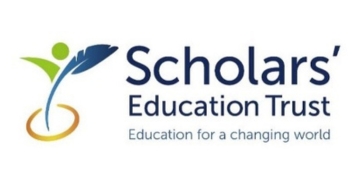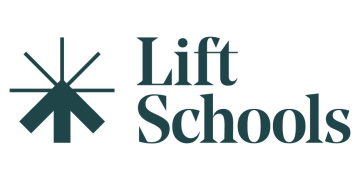Ofsted has dropped its shiny new framework, and just like that, inclusion isn’t a side note anymore but takes centre stage. Forget compliance theatre (paperwork for inspectors, not pupils). Forget lip service (awareness days over real change). Leaders are now being judged on whether pupils achieve, belong and thrive.
From November, this is the language of inspection. The question is whether schools will have the evidence to back it up.
Leaders who can show it will not only be rightly recognised as ‘exemplary’; they will likely set the bar for what Ofsted looks for in others. Leaders who can’t will be exposed.
So what will this evidence look like?
Achieve
Achievement isn’t just attainment. It’s academic and personal growth.
But how can pupils achieve if they’re not in the room? Last year saw nearly 955,000 suspensions, a sharp rise on the year before. Permanent exclusions climbed to 10,900.
Within these figures, disadvantaged pupils were four times more likely to be excluded than their peers, and pupils with SEND remained at significantly higher risk.
Exclusion predicts poorer outcomes: pupils are more likely to leave without qualifications, become NEET and face long-term health and economic risks. If we mean “achievement”, we must tackle the structural barriers pushing some pupils out.
This is where inspectors will be looking: not only at what schools aim to achieve, but how they know pupils are achieving academically and personally.
That means qualitative evidence beyond headline grades: attendance, exclusions, enrichment and attainment broken down by group.
The best leaders are already building an inclusion data spine (what we might call data for inclusion), weaving numbers with real stories, real voices.
Belong
One way to know if school is for our young people is to ask them. The Global Equality Collective’s Inclusion Index asked 13,000 students: Do you feel you belong in school?
Half said no — and the most negative responses came from the most marginalized groups.
Persistent absence remains stubbornly higher than pre-pandemic, with 20 per cent of pupils now missing 10 per cent or more of sessions in 2023–24, compared with around 11 per cent in 2018–19. Severe absence (missing more than half of schooling) has more than doubled.
The government’s investment in new Behaviour Hubs is designed in part to fix attendance, but whether improving discipline (and, hopefully, disciplinary policies) will help to deliver belonging remains to be seen.
Either way, belonging isn’t a soft concept. It’s vital to keeping students in school. The schools having the most success at fostering belonging run Voice → Action → Impact cycles. They collect feedback, act quickly and show progress.
It’s likely that inspectors will increasingly look for regular student and staff voice activity and, crucially, whether this activity leads to effective action.
Thrive
To thrive, students need systems that let them flourish, not just survive. That means safeguarding that works in practice, timely SEND support, adaptive curriculum design and leaders who can prove decisions improve daily life for pupils.
This is the hardest part to fake. Whether they are truly thriving shows up in the everyday experiences of disadvantaged, SEND and care-experienced pupils.
Here the intersectional data gap is most dangerous. Groups like SEND Global Majority girls, LGBTQ+ pupils from single-parent homes and non-disclosure students can vanish into averages. Unless leaders collect and act on data for inclusion, these pupils remain invisible.
The best schools are already tackling this: disaggregating beyond static single categories, training staff in inclusive pedagogy and data literacy, and embedding trauma-informed practice.
Once inspectors see it working, they will expect it everywhere. Prepare to be asked, not just about what’s written in a policy but whether your oversight and processes deliver for those pupils.
In sum, ‘achieve, belong and thrive’ are more than words in an updated glossary of inspection. They are a blueprint for schools where every child flourishes.
That means inclusion is no longer just a narrative; it’s a dataset. And when inspectors see data for inclusion in practice in one school, they’ll ask why it isn’t happening in another.













I can see headteachers reading this holding their heads, and shouting “Noooooooo!”
It reads like a jumble of psychobabble. Has this person ever run a school?
If this is the new approach of OFSTED I envisage teacher retention plummeting to new lows.
Maybe let’s wait until OFSTED come up with a totally new definition of educational excellence. OFSTED seem to have a new definition every five minutes. It’s like a lucky dip. They can’t all be correct!